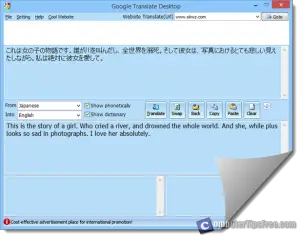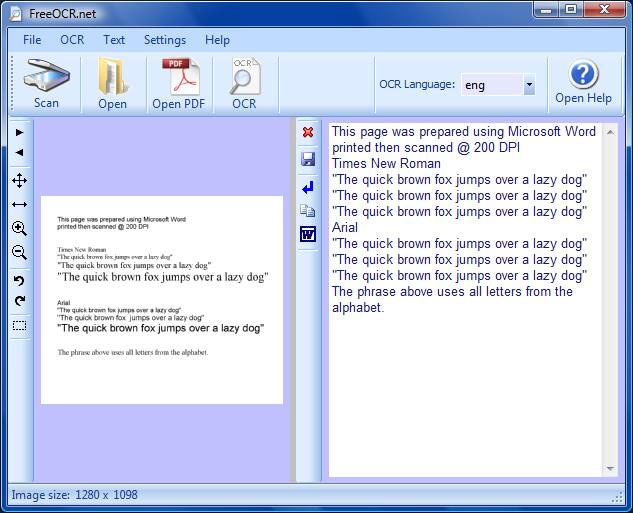

They have multiple tools to support you for data labeling.They support multiple languages such as Chinese, English, Korean, Japanese, German and etc.They also provide an extremely lightweight and yet powerful model called PP-OCRv2 so that you don’t need to worry about a large memory problem.

You can use their existing models for your applications.Here is a number of things that you can do with the open-source code: This makes it one of the most powerful open-source OCR software. The models used in the framework were trained using State-Of-The-Art (SOTA) techniques (such as CML knowledge distillation and CopyPaste data expansion strategy) and with tons of printed and handwritten images.
#Ocr tool japenses software
I have been using this software tool for quite a while and I am really amazed by how much the team has done to make this free product as powerful as any commercial OCR software in the market. PaddleOCR is an open-source product developed by the Baidu team in China. As a bonus, I will also include scripts that will allow you to experience all the models at once. The focus of this article will only be on tools that use deep learning models. OCR can be done using either traditional computer vision techniques or more advanced deep learning techniques. The app offers users the convenience of scanning questions they have on paper and having them translated into machine-readable format through scanning. As one example, Photomath, a startup that breaks down problems into simple steps to help people understand mathematics.


 0 kommentar(er)
0 kommentar(er)
